SAN FRANCISCO — Twenty-five years ago, a bike messenger sat in his garage and used an old-school Singer sewing machine to stitch his mark on the world.
That bike messenger was Rob Honeycutt, and the bags he made in 1989 were called Scumbags. They were designed for use by the city’s notorious two-wheeled delivery riders, whose fashion sense tended toward crude cutoffs, T-shirts and hoodies.
A year later, Honeycutt changed his operation’s name to Timbuk2, and the company’s been crafting an increasingly ambitious line of bags ever since, expanding far beyond the world of tattooed dudes on fixies.
“Timbuk2 wasn’t going to the office 25 years ago,” CEO Patti Cazzato told Cult of Mac during a recent tour of the company’s Mission district factory, where all of Timbuk2’s custom bags are made.
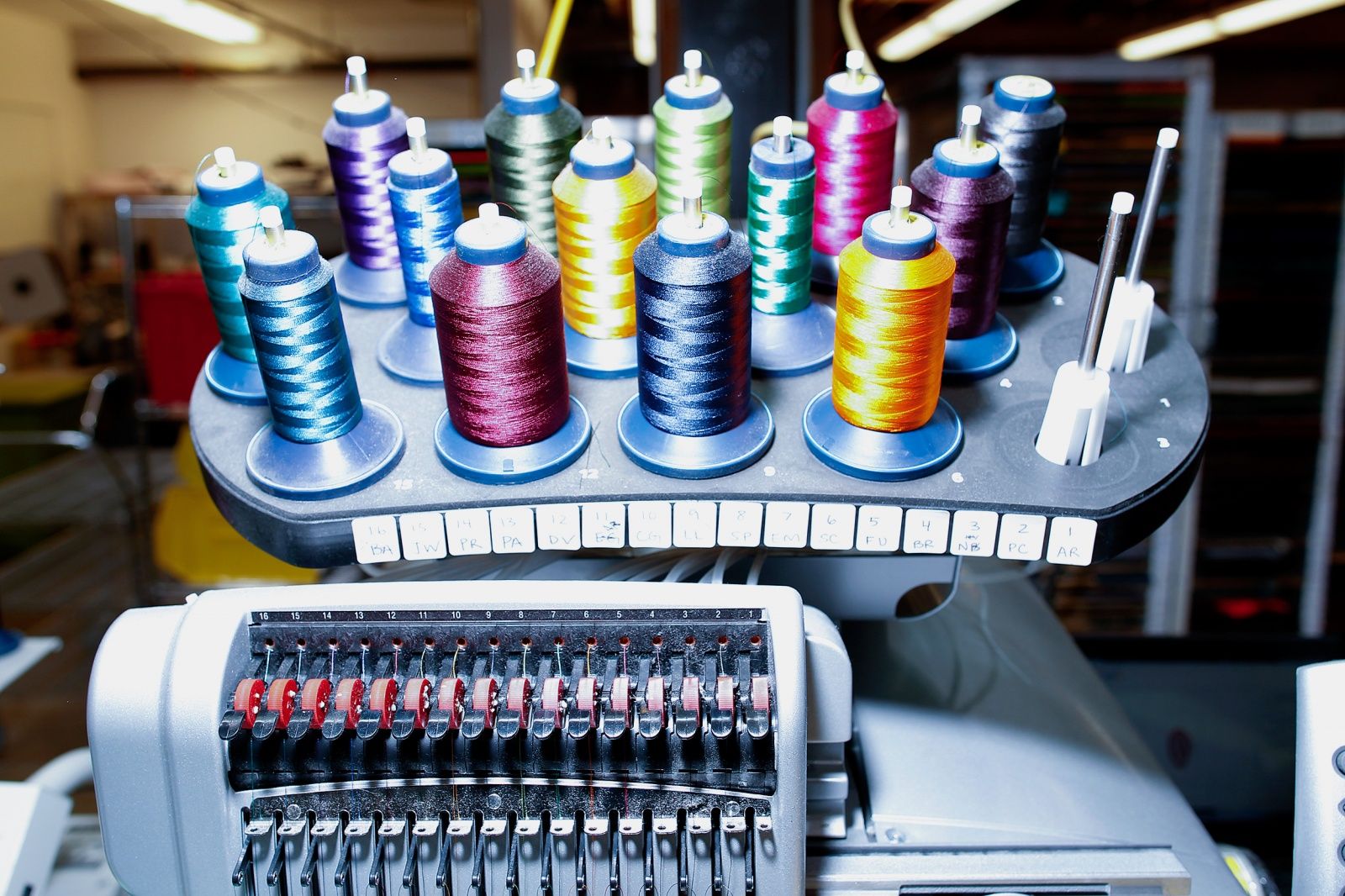



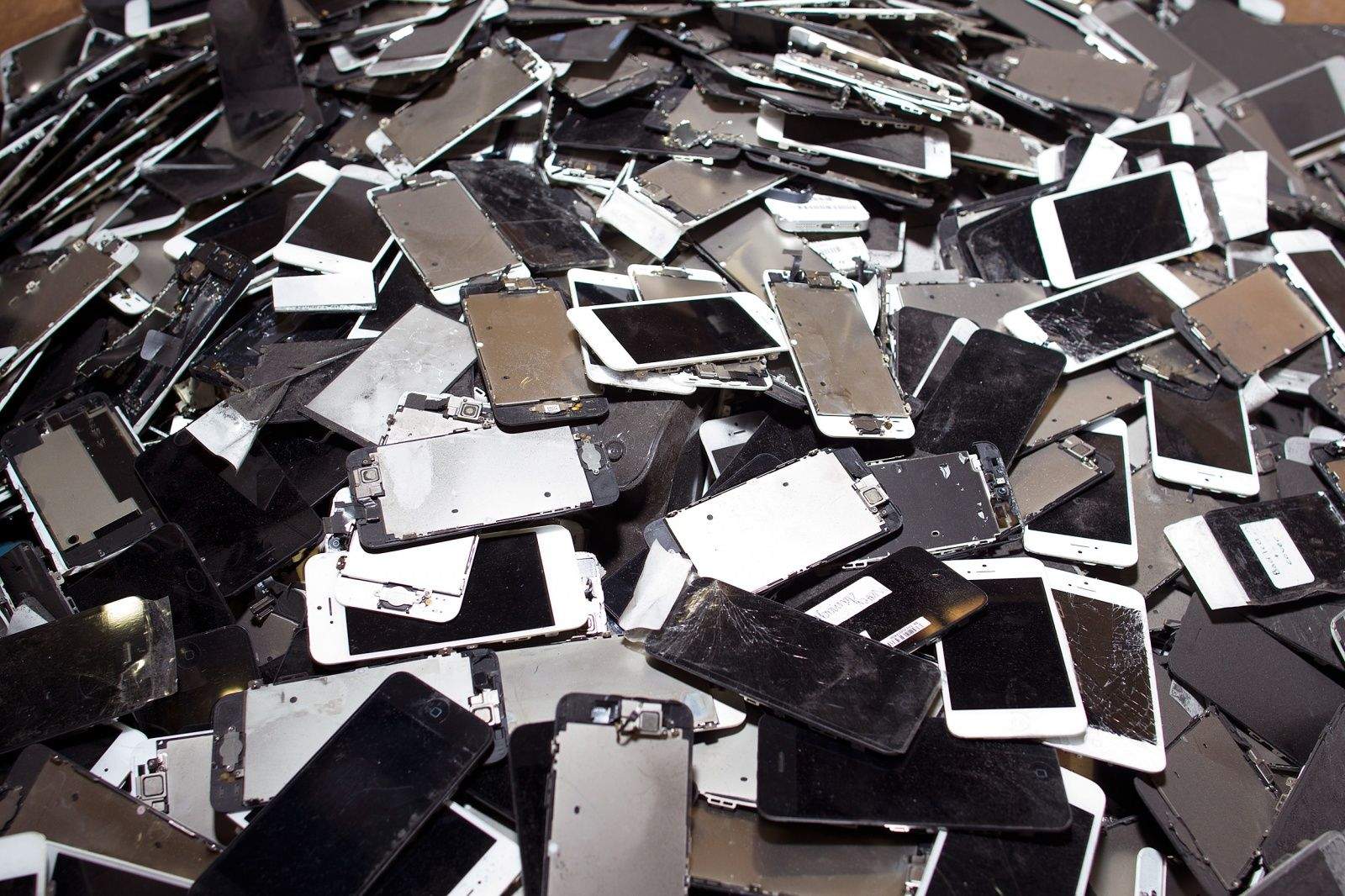
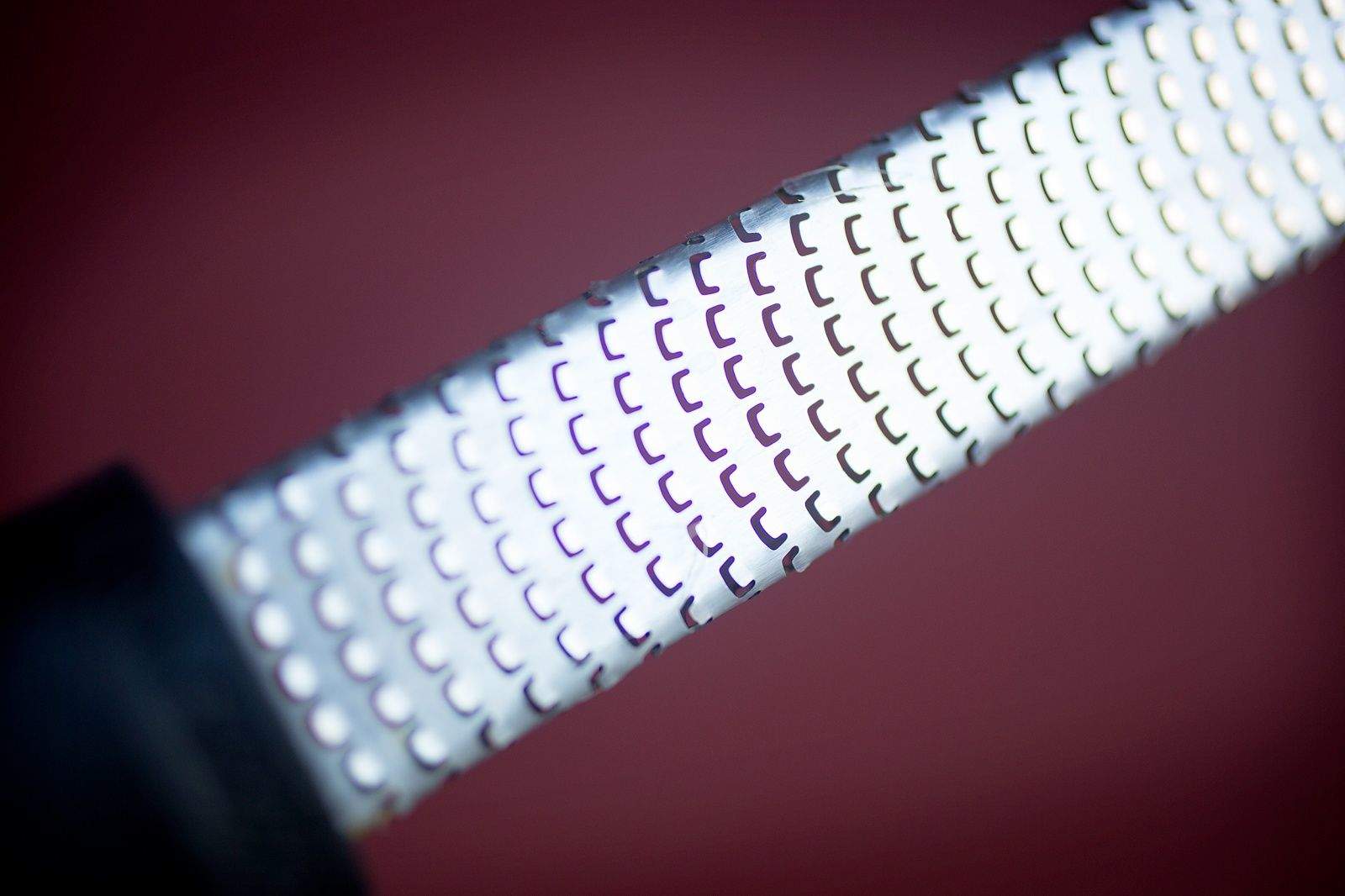


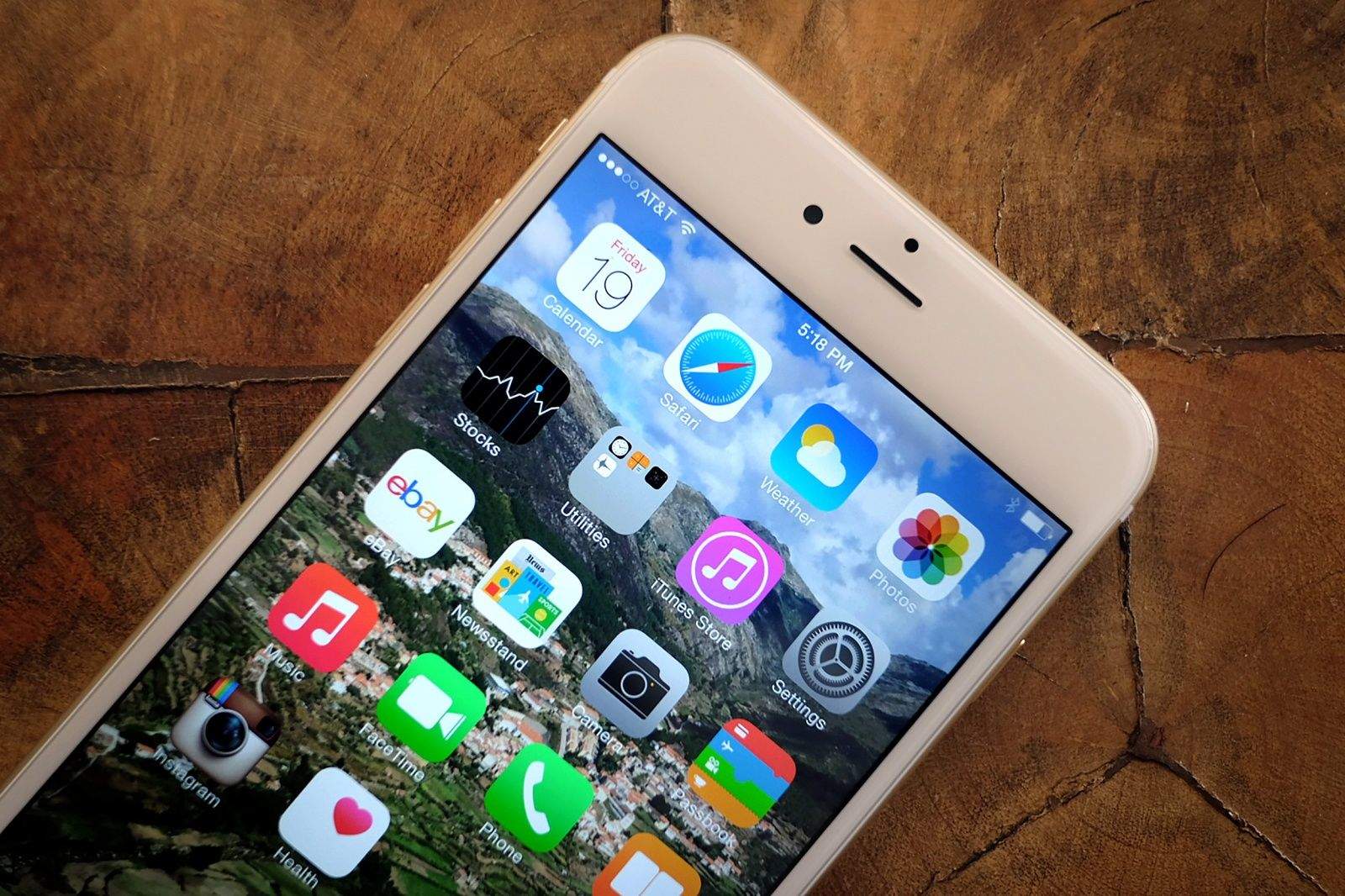
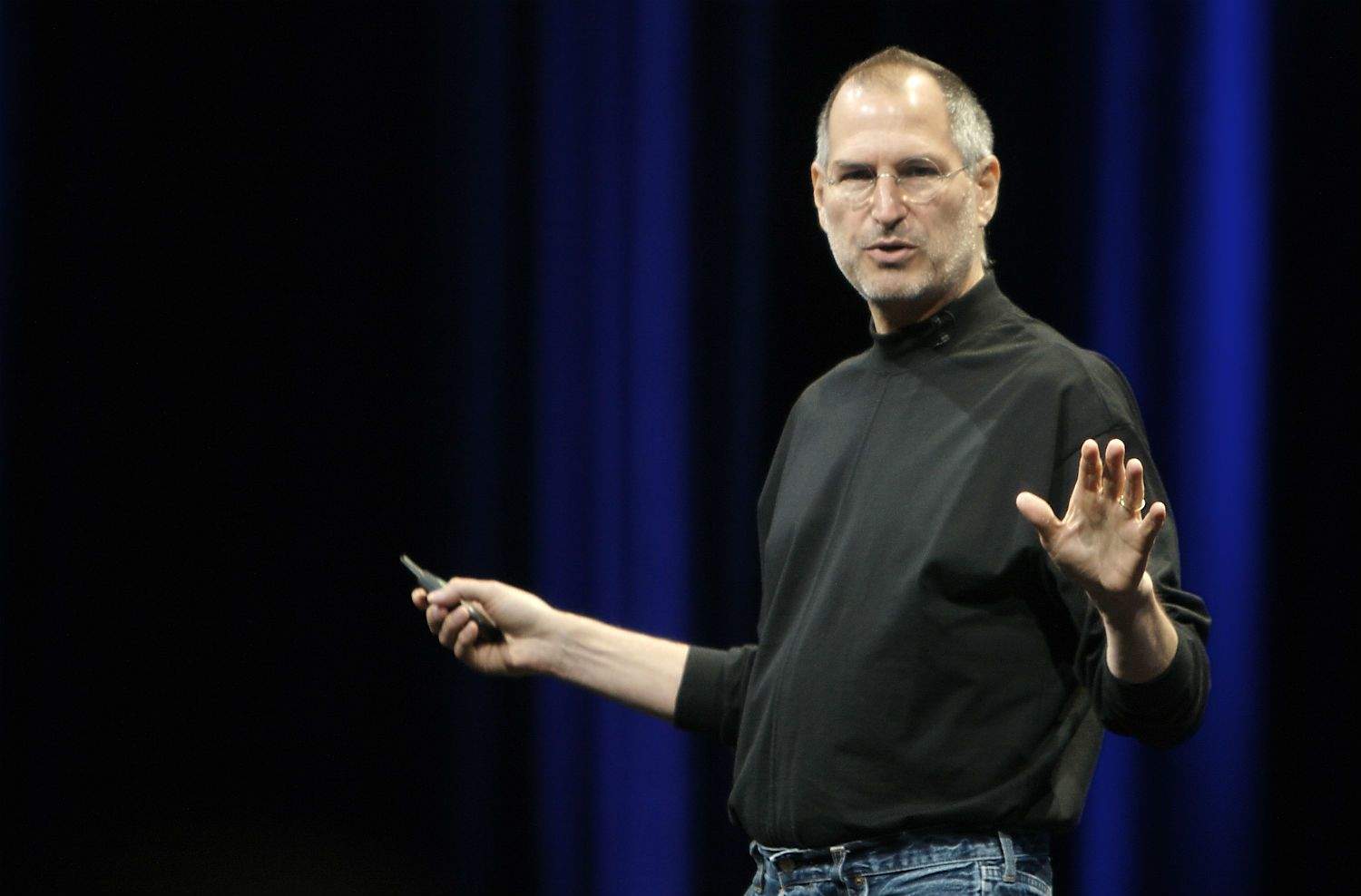




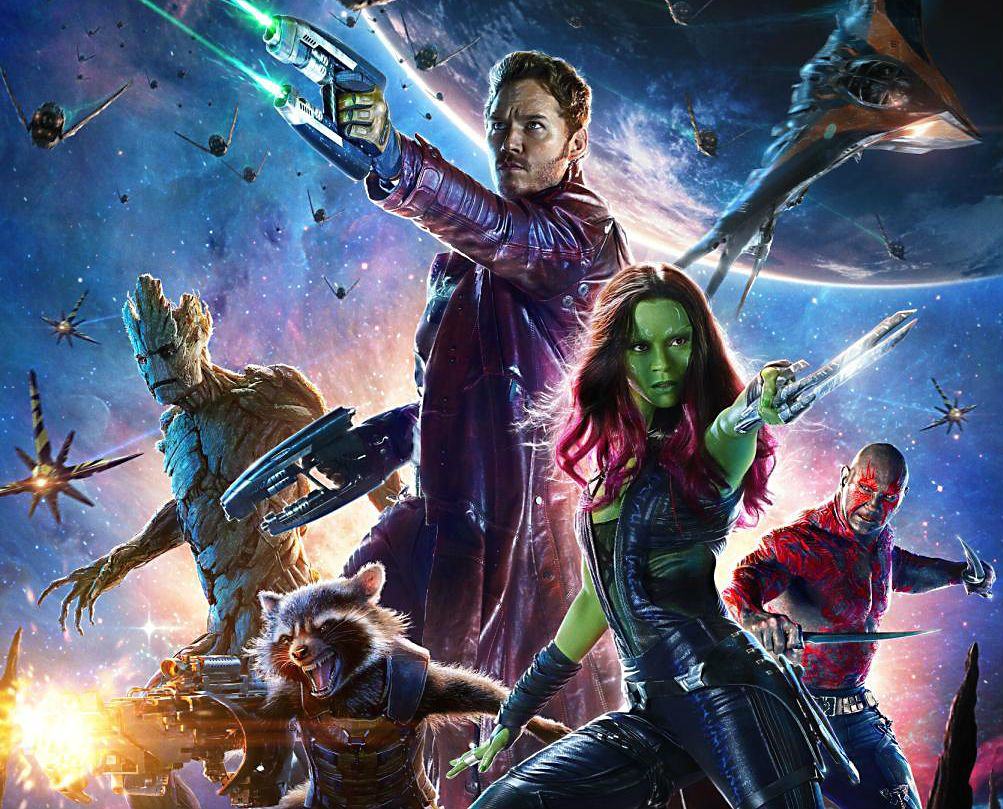

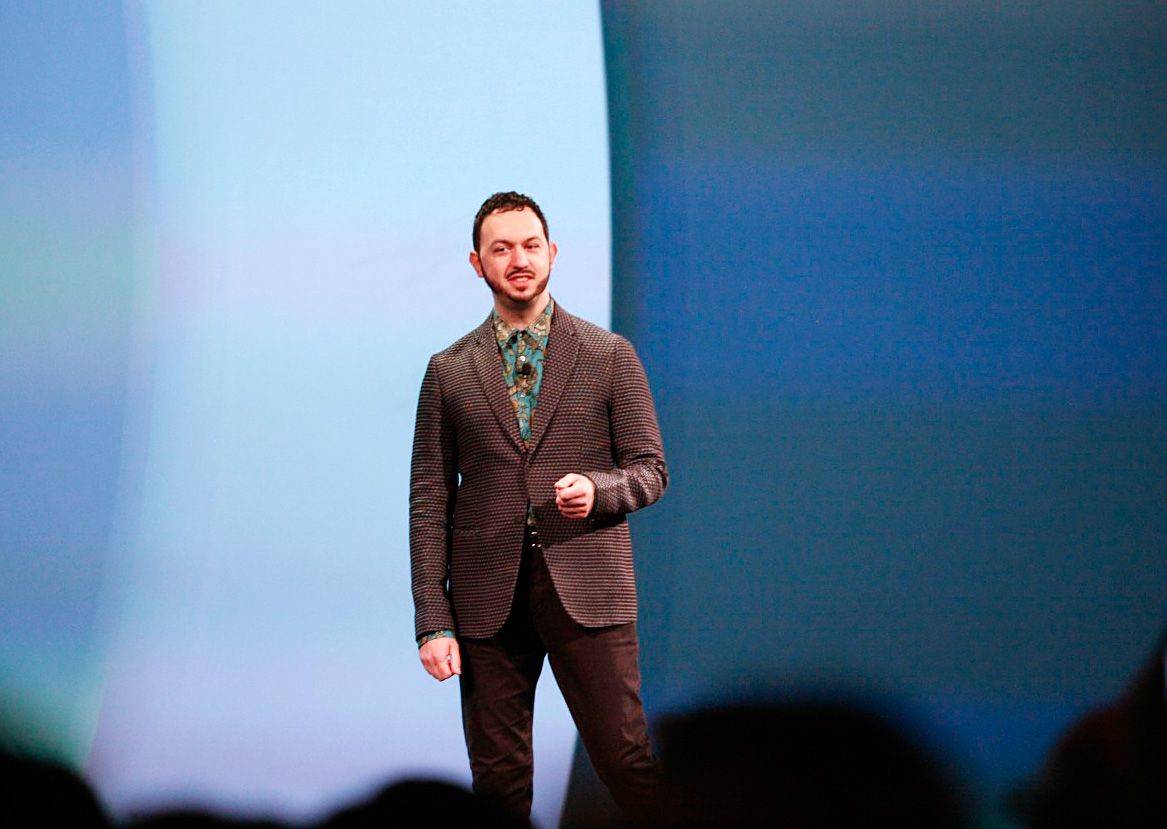

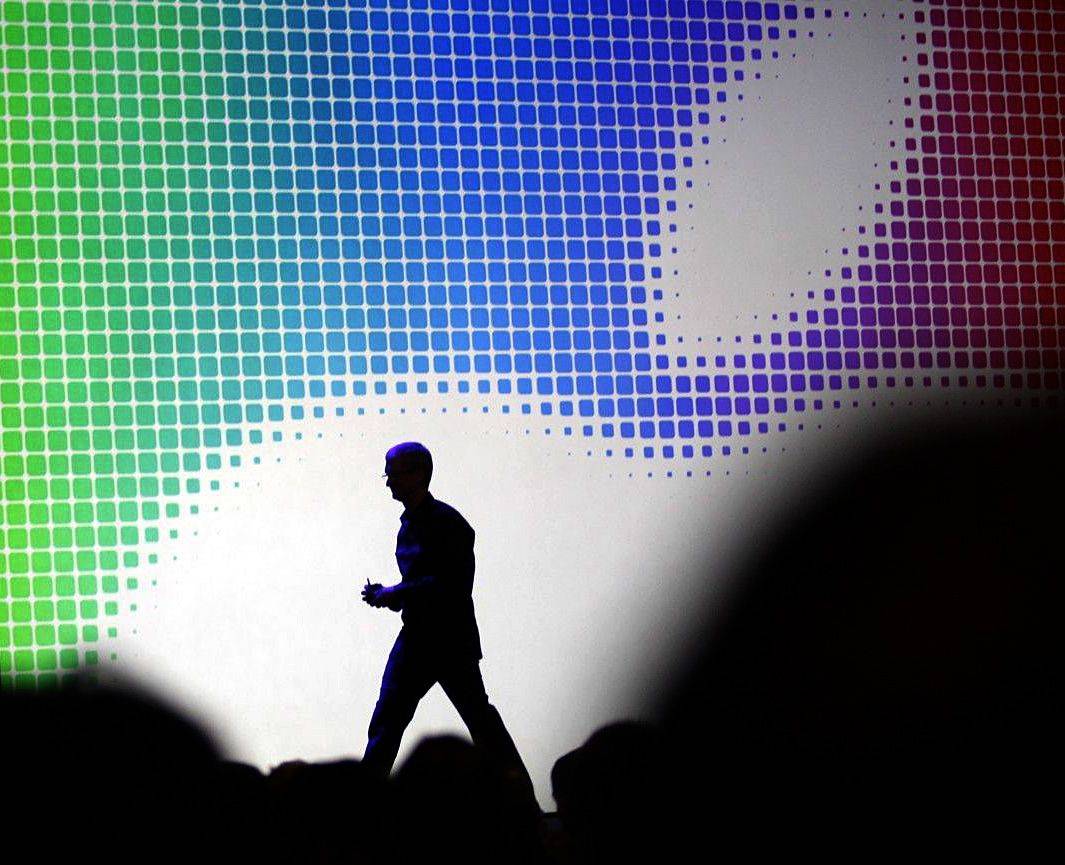

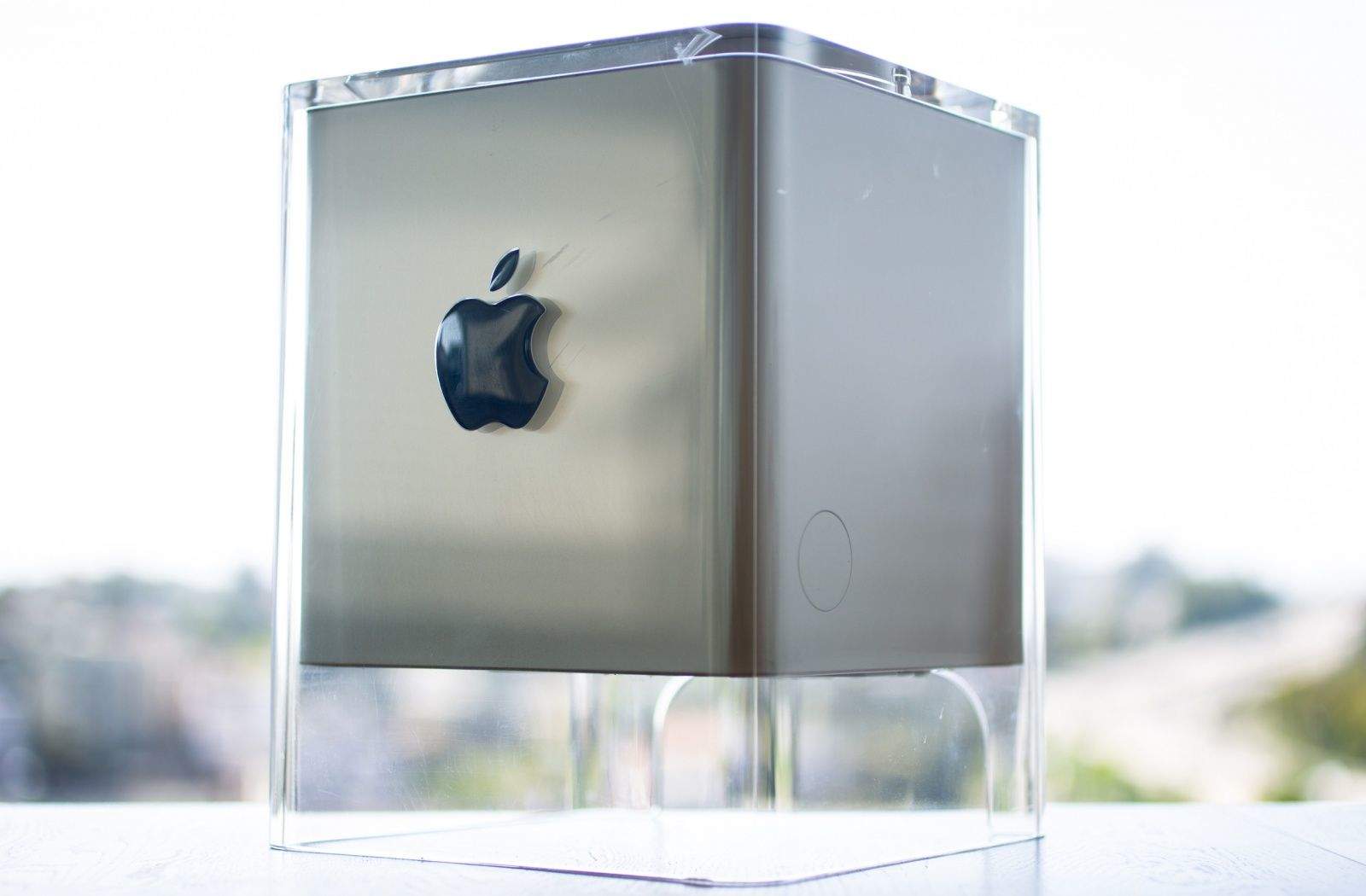

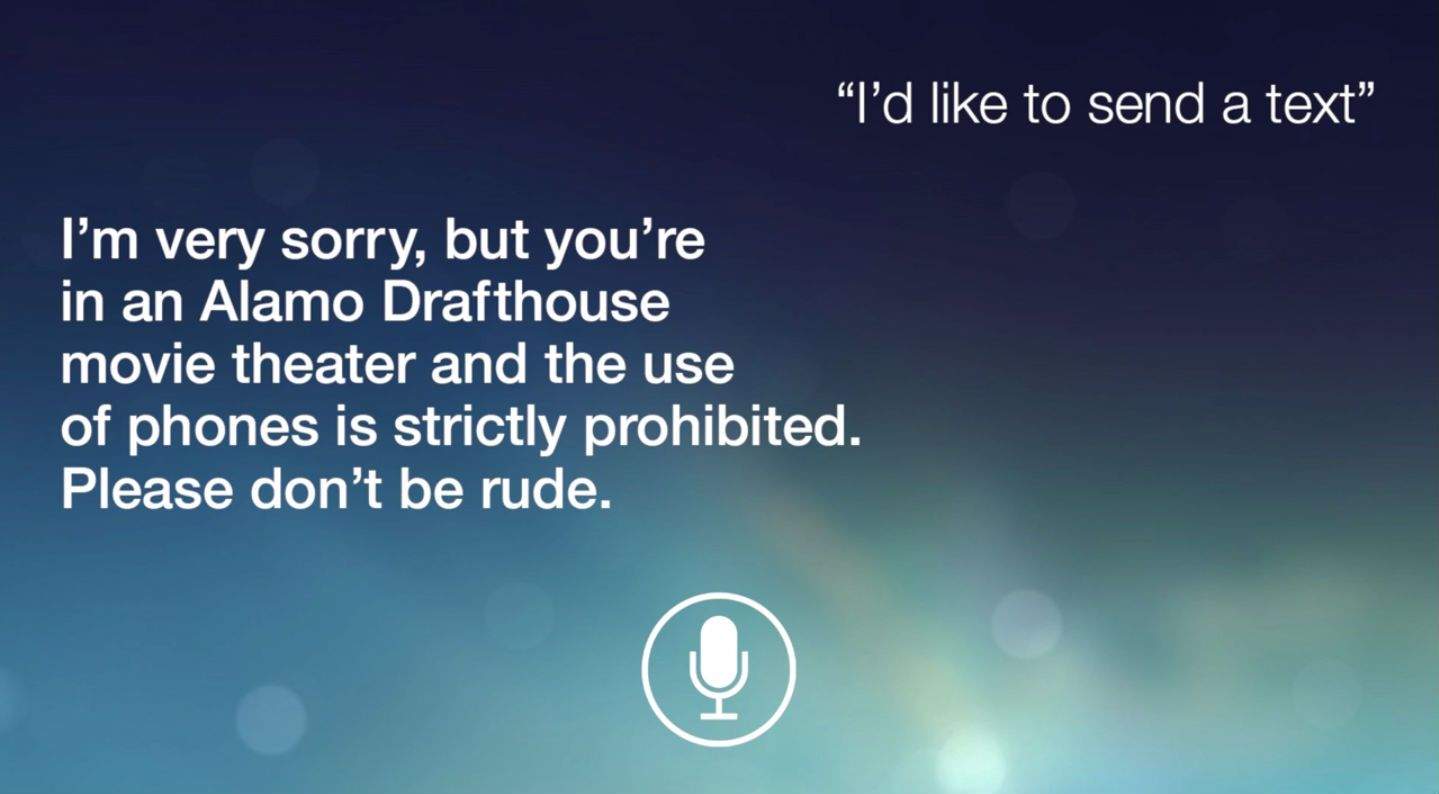

![SkySafari App Lets You Simulate Cassini’s Deep-Space Snapshot Of Earth [Daily Freebies] skysafari](https://www.cultofmac.com/wp-content/uploads/2013/07/skysafari.jpg)